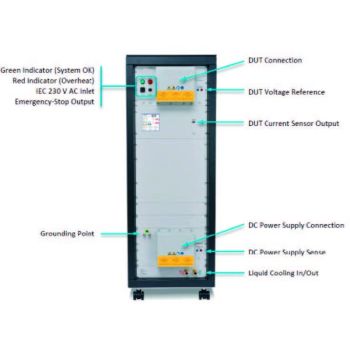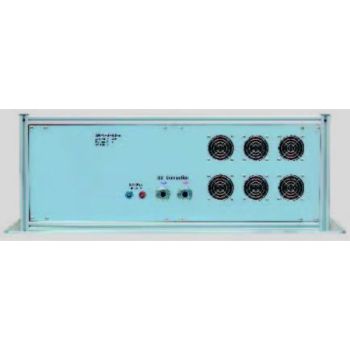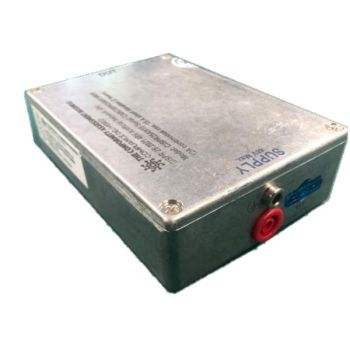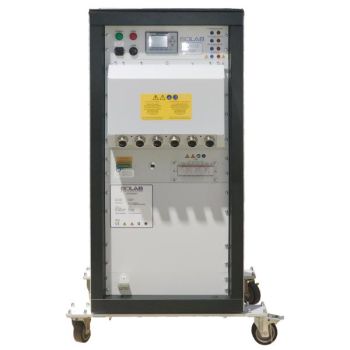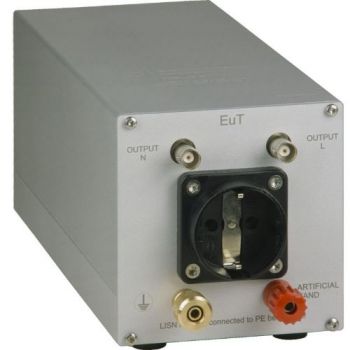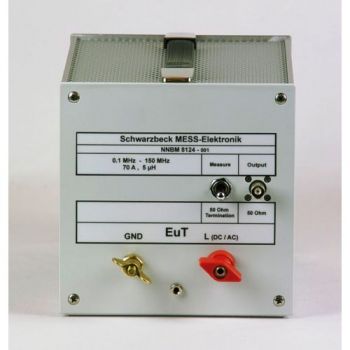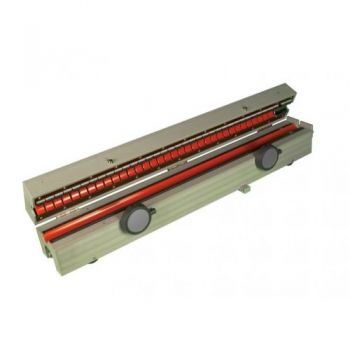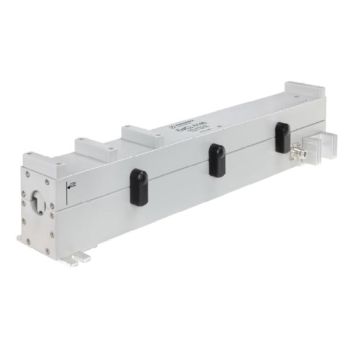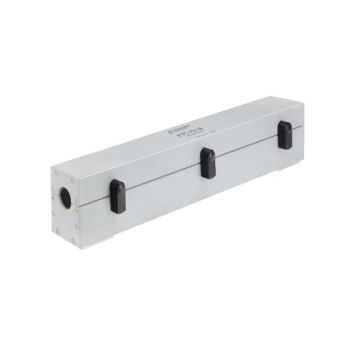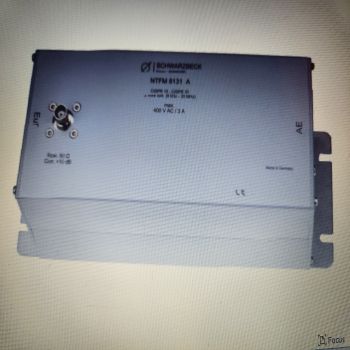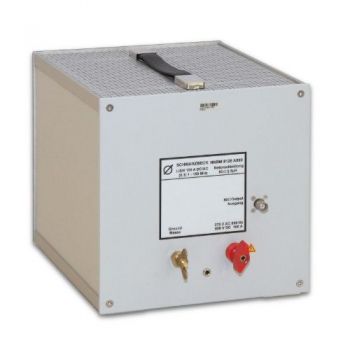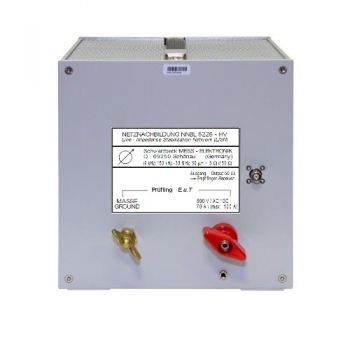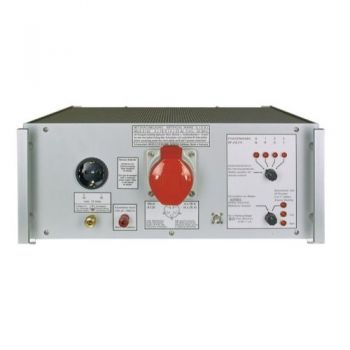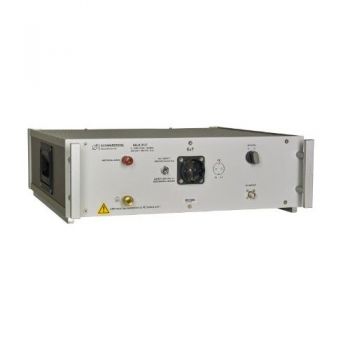
SW 9606, 9 kHz - 200 MHz Current Clamp
- Clamp-on Current Clamp
- 0.09 - 200 MHz
- Transfer Impedance: 8 Ohm for wires up to 23 mm
PARTNER:
MARKETS:
TEST STANDARDS:
SW 9606 Current Transformer, shielded, 9 kHz - 200 MHzThe SW 9605 Current Clamp was designed to measure RF-currents on conductors or conductor bundles with a maximum diameter of 23 mm. The conversion ratio is 1:1 in the nominal frequency range, therefore the receiver reading in dBμV corresponds directly to the current in dBμA. This corresponds to a transfer-impedance of 1 W or an insertion loss of 34 dB in the 50 W system. The clamp can also be used below the nominal frequency range, in this case, the transducer of the diagram has to be considered. Above 30 MHz the clamp can be used up to 80 MHz with slightly increased measurement uncertainty.
Application: The SW 9606 current probe can be used to inject RF-current into single conductors or wire bundles. This test method is called bulk current injection (BCI). The BCI method is a power-saving immunity test, which can be applied on cable harnesses or single conductors without interrupting the circuitry of the EuT. The BCI-clamp allows quick access to any cable within seconds. During the BCI test, the required disturbance level has to be provided versus frequency. The function of the EuT must be monitored simultaneously. The SW 9606 Current Clamp can also measure RF common mode currents (asymmetrical currents) on single conductors or conductor bundles. Low-frequency current saturation effects may slightly shift the lower frequency characteristics to somewhat higher frequencies. Only the sum of all currents under consideration of their algebraic sign is of importance, therefore complete conductor bundles are less critical than single conductors. To estimate the saturation effects depending on the low frequency current the frequencies with an increase of 1 dB insertion loss is given in the data. |


